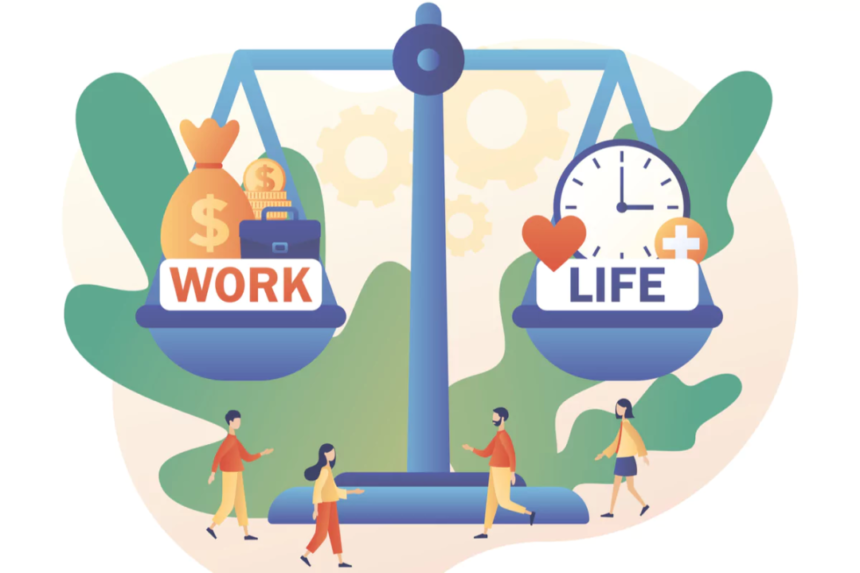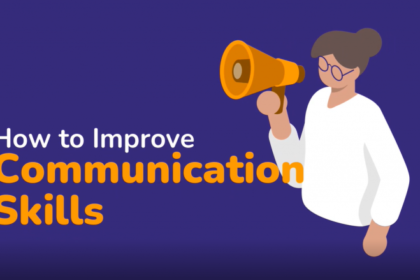How to Balance Work and Personal Life 2024, In today’s fast-paced and demanding professional landscape, the pursuit of a fulfilling work-life balance has become a top priority for many individuals. With the lines between work and personal time often blurred, it’s easy to find ourselves overwhelmed, burned out, and struggling to juggle the various responsibilities that come our way.
However, achieving a harmonious balance between our professional obligations and personal lives is not only crucial for our overall well-being but also for our productivity and success in both domains. By prioritizing self-care, setting boundaries, and adopting effective strategies, we can cultivate a sense of equilibrium that allows us to thrive in all aspects of our lives.
Here are some practical tips to help you master the art of work-life balance:
- Prioritize and Set Boundaries
One of the first steps towards achieving work-life balance is to prioritize and set clear boundaries. Identify your core values, goals, and priorities, and align your actions and commitments accordingly. Learn to say “no” to tasks or requests that do not contribute to your overall well-being or align with your priorities.
Establish boundaries around your work hours and personal time, and communicate these boundaries effectively to your colleagues, clients, and loved ones. This could involve setting specific times when you are unavailable for work-related matters or creating designated “no-technology” zones at home to fully disengage from work.
- Manage Your Time Effectively
Effective time management is crucial for maintaining a healthy work-life balance. Start by creating a schedule that allocates dedicated time for work, personal activities, and rest. Prioritize tasks based on their importance and urgency, and focus on completing high-priority tasks first.
Leverage productivity tools and techniques, such as the Pomodoro technique or time-blocking, to maximize your focus and efficiency during work hours. This will help you minimize distractions and accomplish more in less time, freeing up more personal time for leisure and relaxation.
- Practice Mindfulness and Self-Care
Cultivating a mindful approach to life can significantly contribute to achieving work-life balance. Mindfulness practices, such as meditation, deep breathing exercises, or mindful moments throughout the day, can help you stay present, reduce stress, and gain clarity on your priorities.
Additionally, prioritize self-care activities that nourish your physical, mental, and emotional well-being. This could include exercising regularly, getting enough sleep, eating a balanced diet, or engaging in hobbies and activities that bring you joy and relaxation.
- Leverage Technology Wisely
While technology has undoubtedly revolutionized the way we work and communicate, it can also be a double-edged sword when it comes to work-life balance. Set boundaries around your technology use, such as turning off notifications or limiting screen time during designated personal hours.
Explore productivity tools and apps that can help you streamline workflows, automate tasks, and minimize distractions. However, be mindful of not becoming overly reliant on technology, as it can sometimes contribute to overworking and burnout.
- Seek Support and Build a Strong Network
Building a strong support system is essential for maintaining work-life balance. Surround yourself with individuals who understand and respect your priorities and boundaries. This could include colleagues, mentors, friends, or family members who can offer encouragement, advice, or a listening ear when needed.
Additionally, consider joining professional networks or communities that share your interests or values. These connections can provide valuable insights, resources, and opportunities for personal and professional growth while fostering a sense of belonging and camaraderie.
- Embrace Flexibility and Adaptability
In today’s rapidly changing world, the ability to adapt and embrace flexibility is crucial for achieving work-life balance. As circumstances and priorities shift, be willing to adjust your schedules, routines, and approaches accordingly.
Cultivate an open mindset and be willing to explore alternative work arrangements, such as remote work, flexible schedules, or job sharing, if they better align with your personal and professional needs. Regularly reevaluate your work-life balance and make adjustments as needed to maintain a sense of harmony and fulfillment.
- Disconnect and Recharge
Finally, make it a priority to disconnect from work and fully recharge during your personal time. This could involve taking regular breaks throughout the workday, unplugging from devices and emails during evenings and weekends, or scheduling regular vacations or getaways.
During these periods of disconnection, engage in activities that nourish your soul, whether it’s spending quality time with loved ones, pursuing hobbies, or simply allowing yourself to relax and recharge without the demands of work.
Achieving work-life balance is an ongoing journey that requires intentionality, discipline, and a commitment to self-care. It’s a delicate dance between meeting professional obligations and nurturing personal well-being, and finding the right rhythm takes time and practice.
Remember, work-life balance is not a one-size-fits-all approach; it’s a deeply personal pursuit that requires understanding your unique needs, priorities, and circumstances. Embrace the strategies that resonate with you, and don’t be afraid to experiment and adapt as your life evolves.
By making work-life balance a priority, you’ll not only enhance your overall well-being and happiness but also cultivate a more productive, focused, and fulfilling professional life. Ultimately, achieving this harmonious balance is not just a luxury but a necessity for living a truly rewarding and purposeful life.








